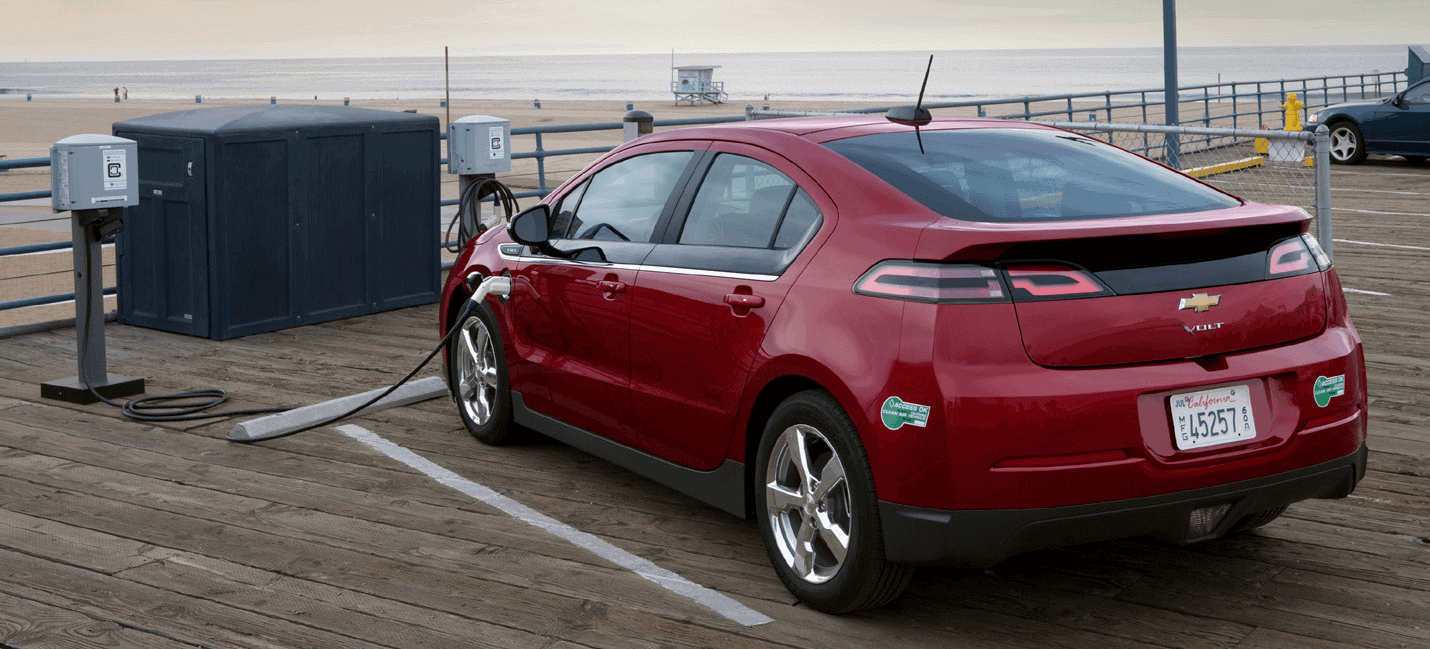Electric vehicle sales charged forward in 2014, with worldwide annual sales expected to rise by half, year over year, to the 300,000 level. At these growth levels, the world's roads would welcome their one-millionth highway-capable plug-in vehicle sometime in summer 2015.
Demonstrating the impact of public policy, in Canada – where government purchase incentives of up to $8,500 per vehicle are only offered in Ontario and Quebec – EVs represent about one-quarter of one per cent of new car sales. The country’s 10,000th EV is expected to drive off the lot around the end of the year.
In the United States, where buyers receive up to $7,500 (U.S.) in federal tax incentives, sometimes supplemented by state-level support, plug-ins represent about three-quarters of one per cent of new car sales, and 10,000 plug-ins are typically sold each month.
This contrasts dramatically with Norway, where electric cars are exempt from luxury and value-added taxes that can double the price of combustion vehicle purchases. Plug-ins represented about 16 per cent of new cars purchased in the first half of 2014. With 30,000-plus EVs now on Norwegian roads, more than one per cent of the country's cars are now powered by its plentiful hydroelectric energy.
Electric vehicles generally come in two flavours: plug-in hybrid electric vehicles, or PHEVs, and battery-electric vehicles, or BEVs. PHEVs supplement their batteries with a gasoline propulsion system, which activates when the batteries are depleted. As a result, they match the range and refuelling times of conventional gasoline-fuelled vehicles. The Chevy Volt is probably the best-known PHEV, though Ford and Toyota both offer plug-in hybrids in their lineups.
BEVs, on the other hand, rely exclusively on their batteries so generally have shorter ranges than their conventional counterparts. The Nissan Leaf and Smart ForTwo Electric Drive both boast about 130 km of range – plenty for most drivers' everyday needs – while the luxury Tesla Model S offers 370 to 480 km, depending on the options chosen.
Though BEVs far exceed average daily driving needs, many car buyers remain worried about their range and recharging time, and so reject them when deciding on their next purchase. Realizing this, automakers have accelerated their efforts to improve these two limitations.
One of the ways automakers have improved plug-in vehicle fuel efficiency in recent years is by substituting lighter components for heavier ones, a process known as “light-weighting.” This trend particularly benefits electric vehicles.
For example, the BMW i3’s body panels are made of carbon-fibre-reinforced plastic and the slim seats weigh half as much as their predecessors. Measures such as these, and a selection of driving modes, allow the i3 to be driven up to 200 km between charges – one and a half times the range of the Nissan Leaf – using a smaller battery.
Though most electric cars are charged overnight in their owners’ garages, drivers sometimes need a top-up during the day. At one of the 1,000-plus Level 2 charging stations across Canada, a Nissan Leaf driver could gain 20 km of range per half-hour of charging time. A small number of direct-current Fast Charging (Level 3) stations will give them about 100 km in a half-hour.
Meanwhile, the Tesla Supercharger network – with more than 100 stations enabling coast-to-coast travel – will return almost 200 km of range in about 20 minutes.
With Tesla having recently declared its intent to open its patents to other automakers, other vehicle brands may soon be able to take advantage of the supercharger network. On this point, Nissan and BMW are rumoured to be in talks with the California carmaker.
The most anticipated upcoming electric vehicle, meanwhile, is the Tesla Model III, which is expected to debut in 2017. With a range of more than 300 km and a $35,000 target price, it’s intended for the entry-level luxury vehicle market currently targeted by the BMW 3-series.
To help it achieve this price point, Tesla is building a “gigafactory” in Nevada in partnership with battery supplier Panasonic. The goal is to produce as many lithium-ion batteries under one roof as are currently produced around the world. Through economies of scale, the company hopes its factory will push battery costs down a further 30 per cent from today's levels in its first year of mass production.
Whether the company achieves its characteristically audacious goal, or hits speed bumps along the way, the collective dedication of other automakers – such as Nissan, GM and BMW – should ensure the electric vehicle market continues to accelerate.





